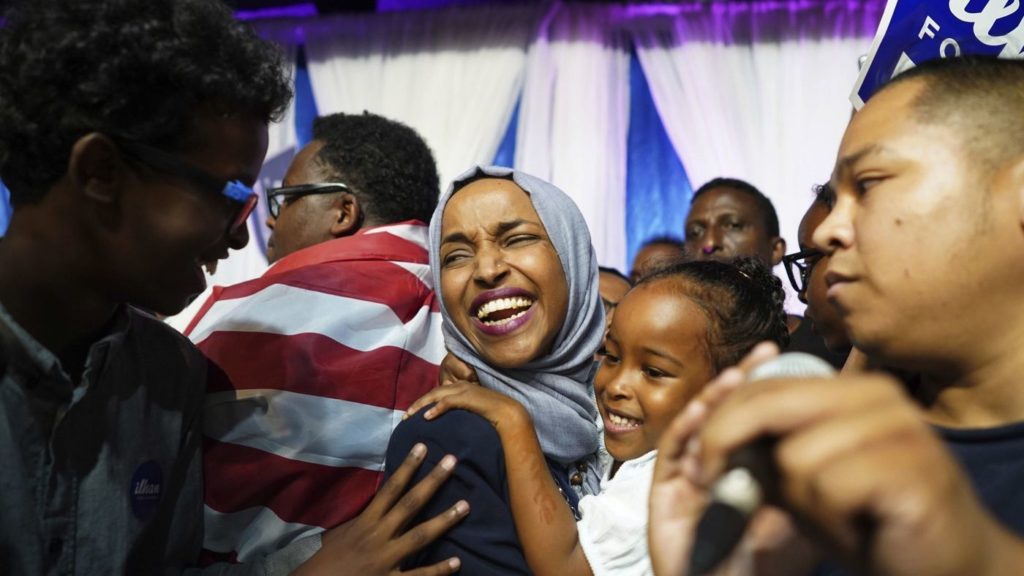
Democrats capture 72 percent of AAPI vote; job growth, health care cost and immigration reform listed as top concerns for AAPI electorate
The midterm election wasn’t blue wave that Democrats hoped it would be, but it garnered historic civic engagement
Though the exact number of votes isn’t official yet it will take the state a few weeks to tally up all the votes — the results available as of this press time are telling.
The Asian American and Pacific Islander (AAPI) Civic Engagement Fund, along with other allied organizations, released a nonpartisan report of the initial votes that shed light on the voting behaviors and attitudes of the major ethnic minority groups.
As extensively reported by the Asian Journal, the AAPI electorate is the fastest-growing ethnic voting bloc, according to U.S. Census data.
Focusing on six crucial states — California, Florida, Georgia, Texas, Nevada and Arizona — the survey compiled poll results gathered from randomly selected voters and found that the AAPI voting bloc solidly leaned Democrat.
Based on the findings, 70 percent of AAPI voters cast their ballots in favor of Democrats while 25 percent voted for Republican candidates. When surveyors posed the question of the quality of President Donald Trump’s job so far, 63 percent “disapproved.”
The survey also found that the top issues that AAPIs were most concerned for at the moment are the cost of healthcare, job growth and wages and immigration and the future of DACA, three of the most crucial and talked about issues of the Trump administration.
In a country that has historically (and, in certain pockets, presently) suppressed the votes of minorities and disenfranchised groups, projects like the American Election Eve Poll are designed to increase civic engagement among communities of color in order for elected officials, policy makers and the executive branch to address their concerns.
Geraldine Alcid, executive director of Filipino Advocates for Justice, said in a statement, “The growing influence of this electorate is being noticed by parties across the political spectrum. In 2018, Republicans and Democrats reached out to AAPI communities in higher numbers than ever before.”
The survey recorded specific attitudes that AAPI voters have toward the Trump administration and asked whether Trump “has ever made you feel” “proud,” “hopeful,” or “disrespected.
Respectively, 71 percent, 66 percent and 32 percent of AAPIs answered no to these questions. Moreover, only 19 percent of AAPIs agreed with the statement that “Trump has a positive impact on Asian Americans.”
Regardless of partisanship, voter enthusiasm increased from the previous midterm elections in 2014. The same survey found that 73 percent of AAPI voters in districts with key races encouraged family and friends to register and/or vote.
“I think this is just such a critical election for everyone, no matter what side of the aisle you’re on,” Jason Tengco, executive director of the National Federation of Filipino American Associations (NaFFAA), told the Asian Journal in an interview.
“[Candidates] understand that Filipino-American and Asian American voices really matter. I think candidates on both sides of the aisle are paying more attention to that and campaign to the community,” Tengco added. “I think people were concerned about the direction the country was heading in so they thought it was important to come out and vote and make sure their voices were heard, and hopefully that helps steer the country in a different direction.”
Before the midterms, a massive survey by APIAVote on midterm elections showed that voter enthusiasm within the AAPI community jumped from 28 percent in 2014 to 48 percent in 2018.
The ethnic breakdown of that October study found that Filipino Americans were the group with the highest intention to vote in this year’s midterm elections, with 92 percent of the surveyed Fil-Ams affirming their participation in the midterms.
It’ll take a few weeks to see to confirm whether or not there was a significant uptick in the AAPI vote this year, but the clear increased civic engagement among AAPI’s this year, compared to that of elections past, can provide a strong tell. n






